Table of content
Zongzi, a traditional Chinese rice dumpling wrapped in bamboo or reed leaves, has captured the hearts and taste buds of food enthusiasts worldwide. Typically enjoyed during the Dragon Boat Festival, this sticky rice treat is stuffed with fillings like red bean paste, salted egg yolk, or marinated pork, offering a harmonious blend of textures and flavors. While steaming or boiling are the most common cooking methods, many home cooks and culinary adventurers wonder: Can you fry frozen zongzi directly without thawing? This article delves into the science, safety, and techniques behind frying frozen zongzi, providing actionable tips to achieve crispy perfection while avoiding common pitfalls.
Understanding Zongzi: Composition and Cooking Basics
Before addressing the frying question, it’s essential to grasp the structure of zongzi. Made from glutinous rice, which has a high starch content, zongzi is tightly wrapped in leaves and cooked for hours to achieve its signature soft, sticky texture. The leaves not only infuse the rice with a subtle aroma but also act as a natural preservative. When frozen, zongzi becomes rock-hard due to the formation of ice crystals, which can alter its texture if mishandled during cooking.
Traditional preparation involves steaming or boiling frozen zongzi until heated, a process that ensures even thawing and cooking. However, frying offers a contrasting texture—a crispy, golden exterior contrasting with the soft interior. The challenge lies in achieving this without causing the zongzi to fall apart, burn, or remain raw in the center.
The Debate: Frying Frozen vs. Thawed Zongzi
The internet is rife with conflicting advice on frying frozen zongzi. Some sources claim it’s perfectly safe, while others warn of uneven cooking or splattering oil. Let’s break down the pros and cons:
Advantages of Frying Frozen Zongzi Directly
- Time-Saving: Skipping the thawing step reduces prep time, a boon for busy cooks.
- Texture Control: Frying from frozen can create a crispier shell, as the exterior thaws and fries before the interior becomes overly soft.
- Convenience: Ideal for impromptu meals when thawing isn’t an option.
Risks of Frying Frozen Zongzi Directly
- Uneven Cooking: The exterior may brown too quickly, leaving the center cold or partially raw.
- Oil Splatter: Ice crystals melting rapidly can cause hot oil to splatter, posing burn risks.
- Texture Compromise: The sudden temperature change might make the zongzi soggy or mushy.
Step-by-Step Guide to Frying Frozen Zongzi Safely
If you’re determined to fry frozen zongzi, follow these steps to maximize safety and flavor:
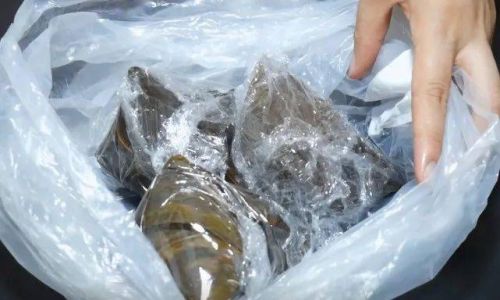
Preparation: Choosing the Right Zongzi
- Size Matters: Opt for smaller zongzi (under 150 grams) as they thaw and cook faster.
- Leaf Removal: Unwrap the zongzi completely before frying. Leaving the leaves on will trap moisture, leading to sogginess.
- Pat Dry: Gently dab the zongzi with paper towels to remove excess moisture. This minimizes oil splatter.
Oil Selection and Temperature
- Use a Neutral Oil: Canola, peanut, or vegetable oil with a high smoke point (400°F/204°C+) works best.
- Heat Control: Preheat the oil to 350°F (175°C). Use a deep-fry thermometer for accuracy.
- Avoid Overcrowding: Fry one or two zongzi at a time to maintain oil temperature.
Frying Technique
- Low and Slow Start: Begin frying at 325°F (163°C) to gently thaw the exterior. Increase to 350°F (175°C) after 2–3 minutes for crisping.
- Flipping: Use tongs to rotate the zongzi every 1–2 minutes for even browning.
- Duration: Fry for 6–8 minutes total, or until golden brown. Larger zongzi may require 10–12 minutes.
Post-Frying Care
- Drain Excess Oil: Place fried zongzi on a wire rack (not paper towels) to prevent sogginess.
- Resting Time: Let them cool for 2–3 minutes before slicing to allow heat to distribute evenly.
Alternative Methods: Thawing Before Frying
If you’re risk-averse or have time, thawing zongzi first yields more consistent results:
- Refrigerator Thawing: Transfer frozen zongzi to the fridge 8–12 hours before frying.
- Countertop Thawing: Leave wrapped zongzi at room temperature for 2–3 hours.
- Microwave Thawing: Use the defrost setting in 1-minute intervals, flipping occasionally.
Thawed zongzi can be pan-fried or deep-fried at 375°F (190°C) for 4–5 minutes, resulting in a uniformly crisp crust.
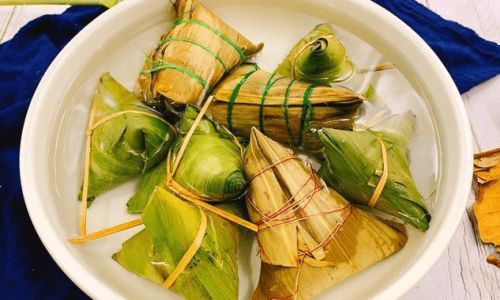
Troubleshooting Common Issues
Soggy Exterior
- Cause: Excess moisture from improper drying or low oil temperature.
- Fix: Increase oil temperature and ensure zongzi are fully patted dry.
Burnt Outside, Raw Inside
- Cause: Frying at too high a temperature initially.
- Fix: Start at a lower temperature (325°F/163°C) to thaw gradually, then crisp.
Oil Splatter
- Cause: Ice crystals melting violently in hot oil.
- Fix: Ensure zongzi are fully unwrapped and dried. Use a splatter screen.
Cultural and Culinary Context
While frying zongzi isn’t traditional, it reflects a broader trend of global culinary fusion. In Southeast Asia, variations like bak chang (Hokkien-style fried zongzi) already exist, showcasing how regional adaptations can elevate classic dishes. Frying also aligns with modern preferences for crunchy textures, making it a gateway to introducing zongzi to new audiences.
Safety First: Avoiding Foodborne Illness
Frozen zongzi, like any frozen food, must be cooked to an internal temperature of 165°F (74°C) to kill bacteria. Use a meat thermometer to check the center. Avoid refreezing cooked zongzi, as this degrades texture and safety.
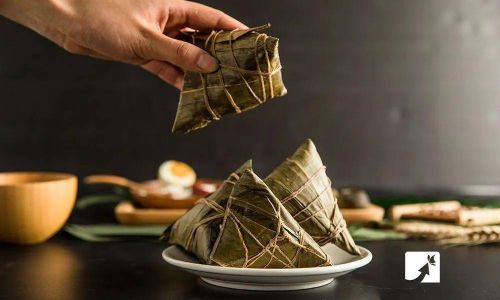
Creative Variations and Serving Ideas
- Sweet and Savory Dips: Pair with soy sauce, chili oil, or honey for a flavor contrast.
- Stuffed Zongzi: Add cheese or avocado slices post-frying for a melty twist.
- Zongzi Tacos: Slice fried zongzi into strips and use as a base for tacos with pickled vegetables.
Conclusion: To Fry or Not to Fry?
Frying frozen zongzi directly is feasible but requires caution. By adhering to proper techniques—patience with temperature control, thorough drying, and vigilant monitoring—you can achieve a delightful crunch without sacrificing safety or flavor. Whether you’re a traditionalist or a culinary experimenter, frying zongzi offers a fresh perspective on this ancient delicacy. So next time you crave a crispy snack, grab that frozen zongzi, fire up the stove, and fry with confidence!
Final Tip: Practice makes perfect. Start with one zongzi to dial in your technique before frying a batch. Happy cooking!


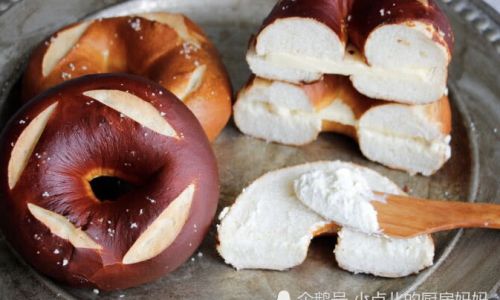

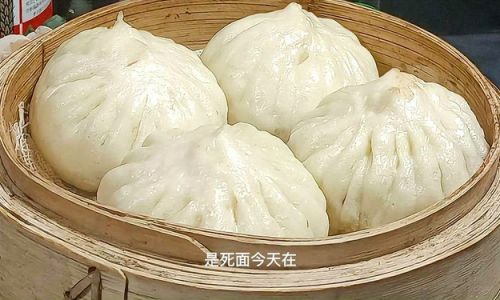
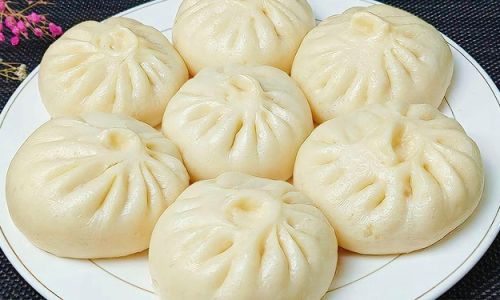
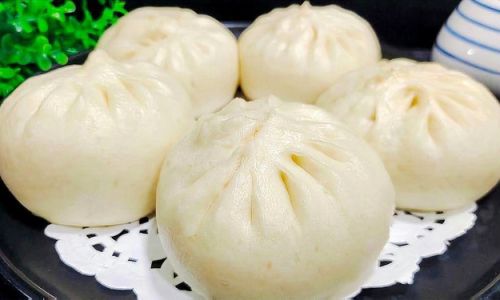
0 comments